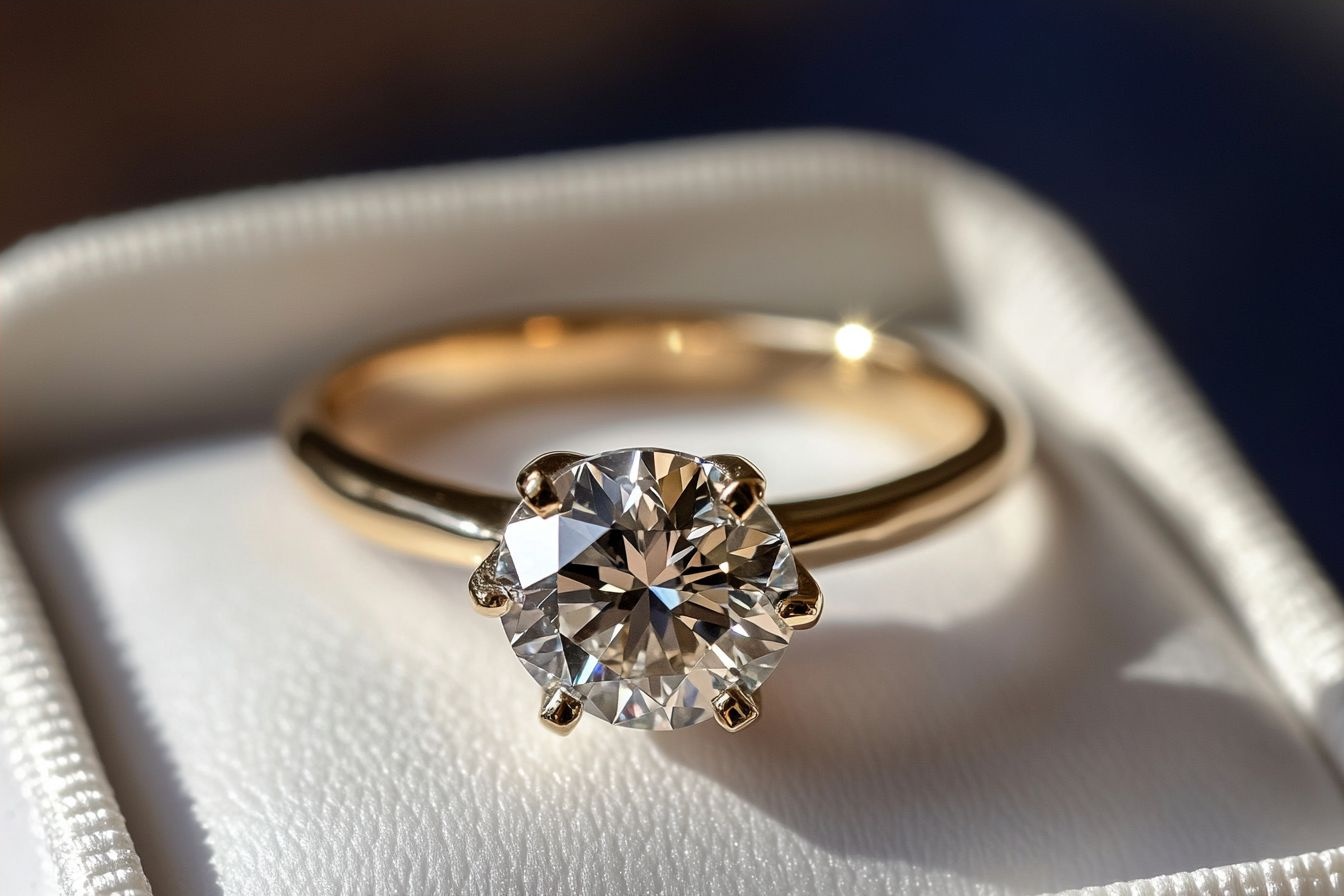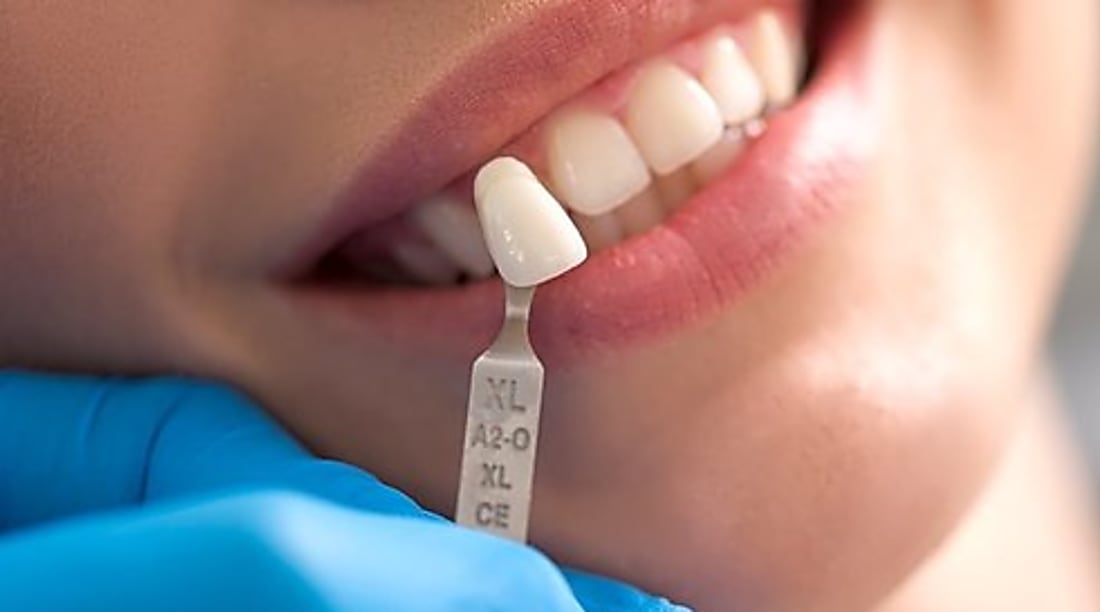Everything You Need to Know about Gold and Diamond Engagement Ring Prices and Options
Choosing an engagement ring represents one of life's most significant purchases, combining emotional meaning with substantial financial investment. Gold and diamond engagement rings remain the traditional choice for couples worldwide, offering timeless elegance and enduring value. Understanding the various factors that influence pricing and the extensive options available helps ensure you make an informed decision that balances quality, beauty, and budget considerations for this once-in-a-lifetime purchase.

What Determines Gold and Diamond Engagement Ring Prices?
The price of gold and diamond engagement rings depends on multiple interconnected factors. For gold components, the primary considerations include purity (measured in karats), weight (in grams), and current market rates for precious metals. Pure gold (24K) is rarely used in engagement rings due to its softness, with 18K (75% gold) and 14K (58.3% gold) being popular choices that balance purity with durability.
Diamond pricing follows the universally recognized “Four Cs” framework: carat (weight), clarity (absence of inclusions), color (lack of yellow or brown tints), and cut (quality of proportions and finish). Among these, carat weight typically has the most significant impact on price, with costs increasing exponentially rather than linearly as size increases. A one-carat diamond of comparable quality typically costs substantially more than two half-carat diamonds combined.
Additional pricing factors include the ring’s design complexity, craftsmanship quality, brand prestige, and whether the piece features additional gemstones or detailing. Custom-designed rings generally command higher prices than mass-produced options with similar specifications.
Gold and Diamond Engagement Ring Options Available
Today’s engagement ring market offers unprecedented variety to suit different preferences, lifestyles, and budgets. Beyond traditional yellow gold, couples can choose white gold (gold alloyed with nickel or palladium and rhodium-plated), rose gold (gold mixed with copper), or two-tone combinations that blend different gold colors for visual interest.
Diamond settings also present numerous options. The classic solitaire features a single diamond in a simple prong setting, while halo designs surround the center stone with smaller diamonds for added sparkle and perceived size. Three-stone rings symbolize a couple’s past, present, and future, while pavé settings incorporate many small diamonds along the band for continuous brilliance.
Alternative diamond shapes beyond the traditional round brilliant cut have gained popularity, including oval, cushion, princess, emerald, pear, and marquise cuts. Each shape creates a different aesthetic and can affect both the ring’s appearance and price point, as certain cuts require more raw diamond material during production.
Everything You Need to Know About Gold and Diamond Engagement Ring Selection
When selecting an engagement ring, balancing quality, appearance, and budget requires understanding certification standards. Reputable diamond certifications from organizations like the Gemological Institute of America (GIA) or American Gem Society (AGS) provide objective quality assessments and help ensure you’re paying an appropriate price for the stone’s characteristics.
Ring sizing presents another important consideration, as resizing isn’t always straightforward, particularly with certain band styles like eternity rings featuring continuous diamonds. Professional sizing at a reputable jeweler before purchase can prevent complications later.
Maintenance requirements should also factor into selection decisions. Different gold alloys offer varying levels of scratch resistance, with 14K typically proving more durable for daily wear than 18K. Similarly, certain setting styles provide better protection for diamonds, with bezel settings offering more security than elevated prongs, though potentially at the cost of reduced light reflection.
Gold and Diamond Engagement Rings Shopping Strategies
Strategic shopping can significantly impact engagement ring value. Timing purchases during industry sales periods (often January, July, and holiday seasons) may yield better prices. Additionally, considering slightly under-standard carat weights (e.g., 0.9 carats instead of 1.0) can provide substantial savings while appearing virtually identical to the naked eye.
Online retailers often offer competitive pricing compared to brick-and-mortar stores due to lower overhead costs, though this approach sacrifices the tactile experience of viewing rings in person. Many couples now combine approaches—researching specifications online before visiting local jewelers for final selection, or examining pieces in stores before seeking better prices from online vendors.
Lab-grown diamonds present an increasingly popular alternative to mined stones, offering identical physical and chemical properties at typically 30-50% lower cost. These diamonds are real diamonds in every scientific sense but are created in controlled laboratory environments rather than extracted from the earth.
Engagement Ring Price Comparison and Market Overview
The price range for gold and diamond engagement rings spans from a few hundred to several thousand dollars or more depending on specifications. Below is a comparative overview of typical price ranges based on quality tiers:
| Quality Tier | Gold Type | Diamond Specifications | Average Price Range |
|---|---|---|---|
| Entry-Level | 14K gold | 0.3-0.5 carat, SI clarity, H-J color | $1,000-$2,500 |
| Mid-Range | 14K-18K gold | 0.7-1.0 carat, VS2-SI1 clarity, G-H color | $3,000-$7,000 |
| Premium | 18K gold | 1.0-1.5 carat, VS1-VS2 clarity, D-F color | $7,000-$15,000 |
| Luxury | Platinum or 18K gold | 1.5+ carat, VVS clarity, D-E color | $15,000-$50,000+ |
Prices, rates, or cost estimates mentioned in this article are based on the latest available information but may change over time. Independent research is advised before making financial decisions.
Beyond these general ranges, pricing varies significantly based on brand, specific diamond characteristics, design complexity, and geographic location. Big-name jewelry brands typically charge premium prices for similar specifications compared to independent jewelers or online retailers.
Conclusion
Selecting a gold and diamond engagement ring involves balancing aesthetic preferences, quality considerations, and budget constraints. By understanding the key pricing factors and available options, couples can make informed decisions that result in a meaningful symbol of commitment that aligns with their preferences and financial situation. Whether opting for traditional styles or contemporary alternatives, the perfect engagement ring ultimately represents personal connection rather than simply monetary value.




